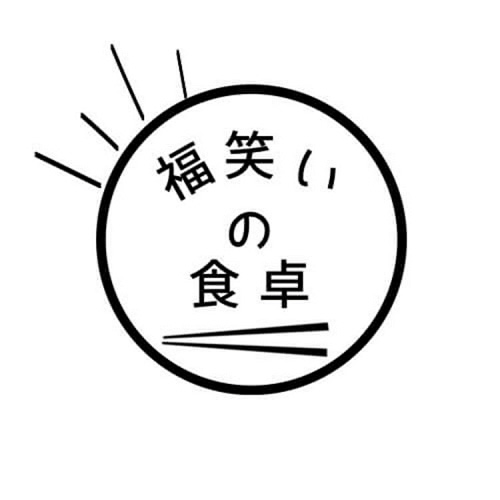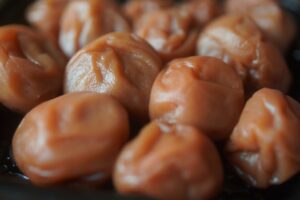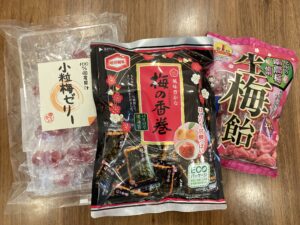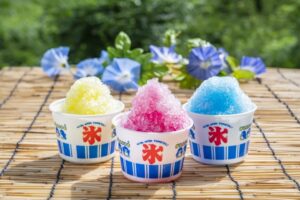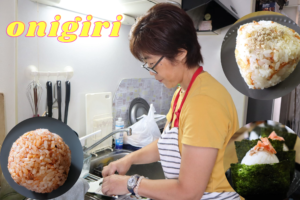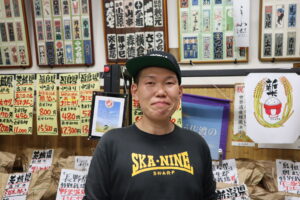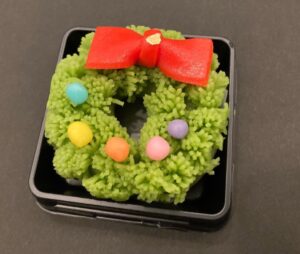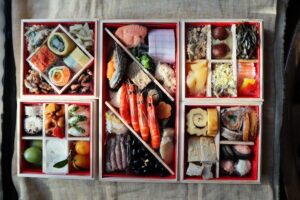Today, I will introduce traditional Japanese sweets that are perfect to eat during the summer.
Each of them has a cool and refreshing appearance, meticulously crafted with attention to detail, and they boast a light and refreshing taste. When I indulge in these Japanese sweets, I can truly feel the craftsmanship and aesthetic beauty of Japan.
Taking a break with these kinds of sweets creates a luxurious moment that makes you forget about the hot and humid summer. Now, let’s explore seven representative .
Warabi mochi
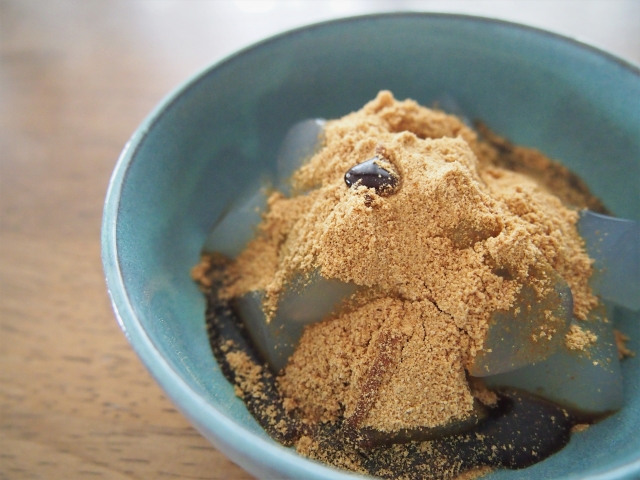
The sweet I love the most is warabi mochi. It is characterized by its transparent appearance, jelly-like texture, and subtle sweetness. It is served with a topping of black syrup (Kuromitsu) and roasted soybean flour (Kinako).
Authentic warabi mochi uses warabi flour obtained from bracken ferns that grow in the mountains.
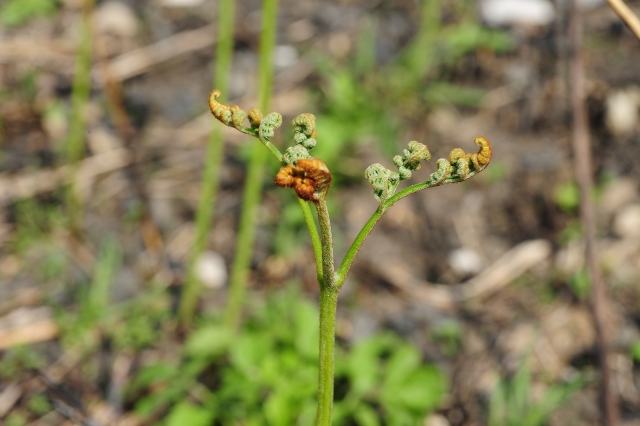
It is prepared by mixing sugar, water, and warabi flour, then cooking and kneading the mixture overheat. Afterward, it is chilled and cut into bite-sized pieces. However, using high-quality warabi flour can be expensive. Cheaper alternatives use starch powder instead. Nevertheless, even those versions are delicious.
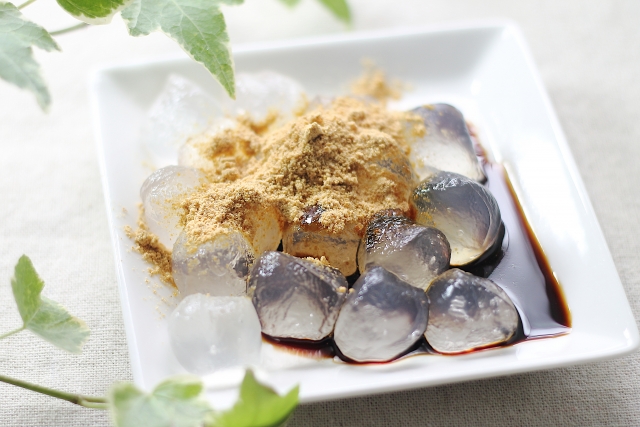
Mizu-Yokan

I must also mention Mizu-Yokan. There is one chilling in the refrigerator, waiting for me.
Mizu-Yokan is a simple sweet made from azuki bean paste, sugar, agar, and water. It has a high moisture content, resulting in a smooth and silky texture. There is another type of sweet called “Yokan,” which has a lower water content. Mizu-Yokan, with its higher water content, is refreshing and perfect for the summer season.
In department stores, you can find high-end ones packaged in bamboo-shaped tubes. In Japan, there is a custom called “Ochugen,” where gifts are given during the summer season, and Mizu-Yokan is often chosen as a popular gift for this occasion.
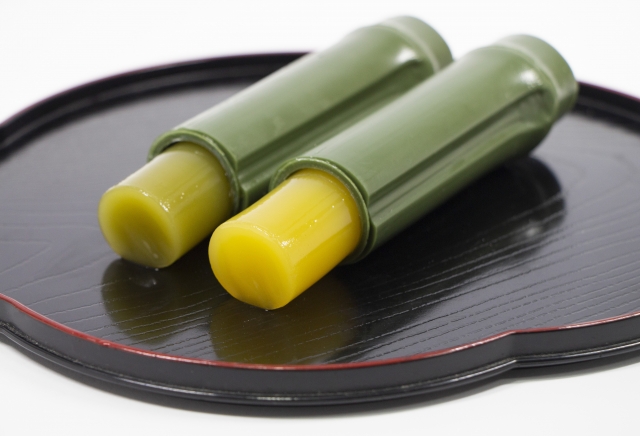
Mizumanju

Similar to Mizuyokan, Mizumanju is a Japanese sweet made with smooth red bean paste (Koshian) wrapped in a translucent, cold, dough. The dough is made from warabiko (bracken starch). When you bite into the dough, you experience a delightful contrast of textures as the creamy red bean paste oozes out.
The almost transparent appearance adds to the luxurious feeling of this confectionery. There is also a variation called “Kuzumanju,” which is essentially the same, using kuzuko (arrowroot starch) dough instead.
Kuzukiri
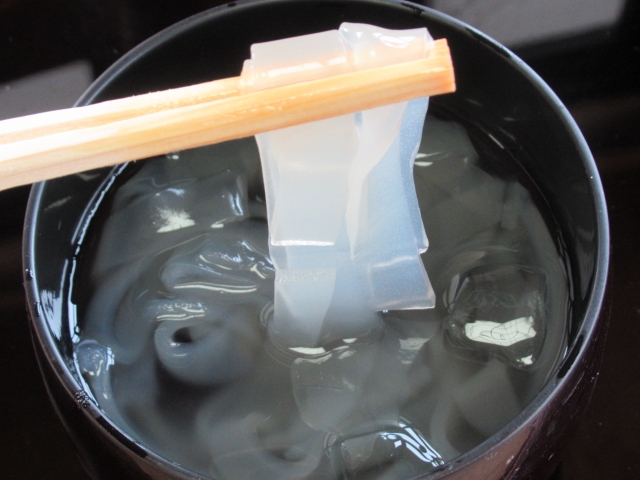
Kuzukiri is a very refreshing dessert. My friend and I had a fond memory of going to the Kagizen Yoshifusa café in Gion, Kyoto which is famous for its kuzukiri dessert.
In a cone-shaped container, clear kuzukiri swam in ice water. We scooped it up and generously poured black syrup over it before eating. It had a chewy and elastic texture. Almost all the other customers were also having the same food.
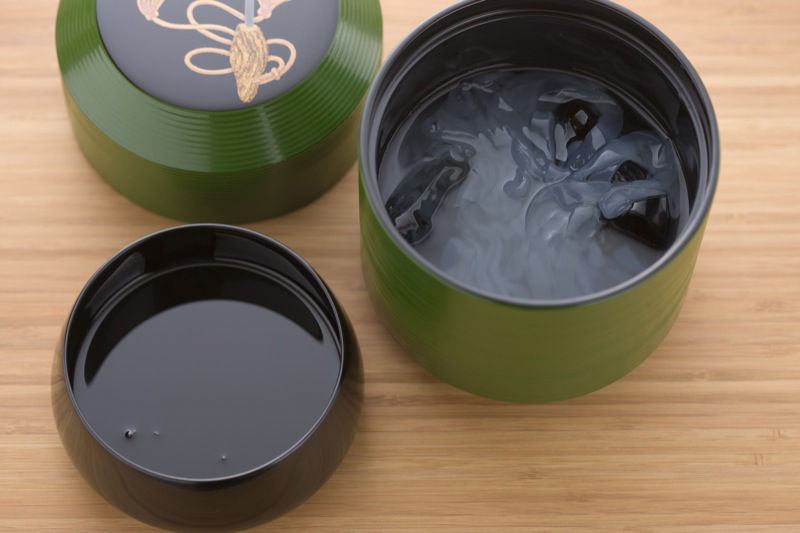
Kuzukiri is made by dissolving kuzu starch in water, heating it, and then solidifying it into noodle-like strips, similar to udon. It is served with syrup. Not only black syrup but also fruit syrup tastes delicious with it.

